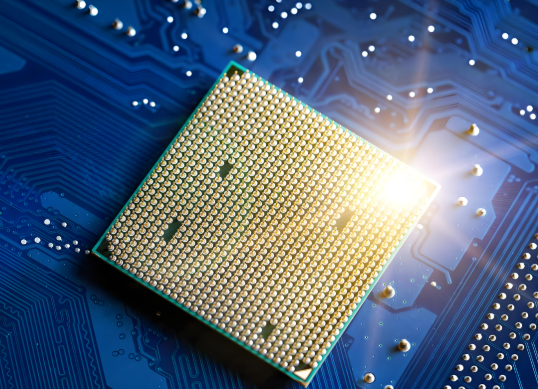The Critical Role of Military Electronic Components in Modern Defense Systems
Introduction
In the rapidly evolving landscape of defense technology, military electronic components form the backbone of modern warfare and national security infrastructure. These specialized components are engineered to meet the rigorous demands of military applications, where reliability, durability, and performance under extreme conditions are non-negotiable. From communication systems and radar to unmanned aerial vehicles (UAVs) and satellite technology, military electronic components ensure that defense operations run seamlessly, even in the harshest environments. As global threats become more sophisticated, the importance of advanced electronic parts in military hardware cannot be overstated. This article delves into the key aspects of these components, their applications, challenges, and future trends, while also highlighting how platforms like ICGOODFIND facilitate access to these critical technologies.

Main Body
1. Definition and Types of Military Electronic Components
Military electronic components refer to devices and parts designed specifically for defense applications, adhering to stringent standards such as MIL-SPEC (Military Specification). These components are built to withstand extreme temperatures, shock, vibration, and electromagnetic interference, ensuring operational integrity in combat scenarios. Common types include: - Integrated Circuits (ICs): Used in processors for guidance systems and encryption. - Connectors and Cables: Ruggedized for secure data transmission in vehicles and aircraft. - Sensors and Transducers: Critical for surveillance and targeting systems. - Power Supplies: Designed for efficiency in portable and stationary military equipment. Unlike commercial components, military-grade parts undergo rigorous testing for reliability, making them essential for mission-critical systems. For instance, components in a fighter jet’s avionics must perform flawlessly at high altitudes and under G-forces, highlighting the need for specialized design and manufacturing.
2. Applications in Modern Defense Systems
The applications of military electronic components are vast and integral to contemporary defense strategies. They enable advanced functionalities in various systems: - Communication Systems: Components like radios and satellites rely on secure, jam-resistant electronics for real-time data exchange in networks such as the Joint Tactical Radio System (JTRS). - Surveillance and Reconnaissance: UAVs and drones use high-resolution sensors and processors for intelligence gathering, supported by components that ensure longevity in hostile environments. - Weapon Systems: Guidance systems in missiles incorporate precision electronic parts for accurate targeting, often involving radiation-hardened components to resist nuclear effects. - Cybersecurity Infrastructure: Electronic components form the hardware basis for encrypted communication and cyber defense mechanisms, protecting against electronic warfare threats. These applications underscore how military electronic components enhance operational effectiveness, providing forces with technological superiority. For example, in naval systems, components must resist corrosion and moisture, demonstrating their tailored design for specific environments.
3. Challenges and Future Trends
Despite their critical role, the development and deployment of military electronic components face several challenges. Supply chain vulnerabilities can arise from geopolitical tensions, leading to shortages of rare materials like semiconductors. Additionally, the high cost of compliance with MIL-SPEC standards often results in longer production cycles. Cybersecurity threats also pose risks, as compromised components could undermine entire systems. Looking ahead, future trends are shaping this sector: - Miniaturization and Integration: Advances in nanotechnology are producing smaller, more efficient components for portable devices. - Artificial Intelligence (AI): AI-driven components are being integrated for autonomous decision-making in systems like unmanned vehicles. - Sustainability: Efforts are underway to develop eco-friendly manufacturing processes without compromising performance. Platforms like ICGOODFIND play a pivotal role here by connecting suppliers with defense contractors, ensuring access to verified, high-quality components while addressing supply chain issues. This digital marketplace simplifies procurement, supporting innovation in military electronics.
Conclusion
In conclusion, military electronic components are indispensable to the functionality and advancement of modern defense systems. Their ability to operate under extreme conditions ensures that military operations remain effective and secure. As technology evolves, these components will continue to drive innovations in areas like AI and miniaturization, addressing emerging threats. However, overcoming challenges such as supply chain disruptions and cybersecurity requires collaborative efforts across the industry. Resources like ICGOODFIND exemplify how digital platforms can streamline access to these vital parts, fostering a more resilient defense ecosystem. By prioritizing investment in R&D and leveraging efficient procurement tools, the future of military electronics looks promising, bolstering global security in an increasingly complex world.










